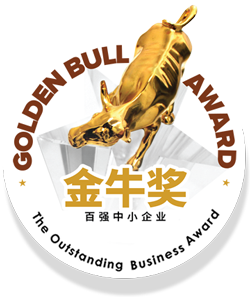F&B Website Introducing : Kota Kinabalu Fish Market Restaurant
To optimize the SEO for the Fish Market Restaurant website, it’s essential to focus on relevant keywords, create high-quality content, and ensure a user-friendly design. Here's a breakdown of the key SEO strategies:
1. Keyword Research
Focus on high-traffic, location-specific keywords related to seafood dining. Some examples:
- Fresh seafood restaurant
- Best fish market restaurant [City/Location]
- Seafood dining near me
- Sustainable seafood restaurant
- Fresh catch of the day restaurant
2. On-Page Optimization
- Title Tags & Meta Descriptions: Include your primary keywords in title tags, meta descriptions, and header tags (H1, H2, etc.). For example:
- Title: "Fresh Seafood at Fish Market Restaurant | Best Seafood Dining in [City]"
- Meta Description: "Enjoy the freshest catch at Fish Market Restaurant, [City's] top seafood spot. Indulge in locally sourced, sustainable seafood dishes today."
- URLs: Make URLs short, descriptive, and keyword-rich. For example:
- fishmarketrestaurant.com/fresh-seafood-menu
- Image Optimization: Ensure all images (food photos, restaurant ambiance) have descriptive alt text including keywords like "fresh seafood platter," "grilled fish," etc.
- Mobile Responsiveness: Ensure the website is mobile-friendly, as this is crucial for ranking higher on Google, especially for local searches.
3. Content Strategy
- Menu Page: Optimize the menu page with specific seafood dishes, ingredients, and cooking methods. Include words like “grilled,” “fried,” “steamed,” “sustainable,” etc., to cater to different search queries.
- Blog Posts: Write informative and engaging blog content related to seafood, sustainability, and the culinary culture of your region. Some topics could include:
- “Why Eating Sustainable Seafood Matters”
- “5 Best Seafood Dishes to Try at Fish Market Restaurant”
- “How We Source the Freshest Fish Daily”
4. Local SEO
- Google My Business: Ensure your business is listed on Google My Business with up-to-date information, including your address, hours, and contact details.
- Local Keywords: Use local SEO keywords in your content and meta descriptions, such as “best seafood in [City]” or “fish market near [Landmark].”
- Online Reviews: Encourage satisfied customers to leave reviews on Google and Yelp. Positive reviews improve local search rankings.
5. Technical SEO
- Page Speed: Improve your website’s loading speed, as Google considers this an important ranking factor. Use tools like Google PageSpeed Insights to optimize loading times.
- Sitemap & Indexing: Create and submit an XML sitemap to Google Search Console to ensure proper indexing of all your website’s pages.
- SSL Certification: Make sure your website has an SSL certificate (HTTPS) for security and SEO ranking.
21 Oct 2024


















